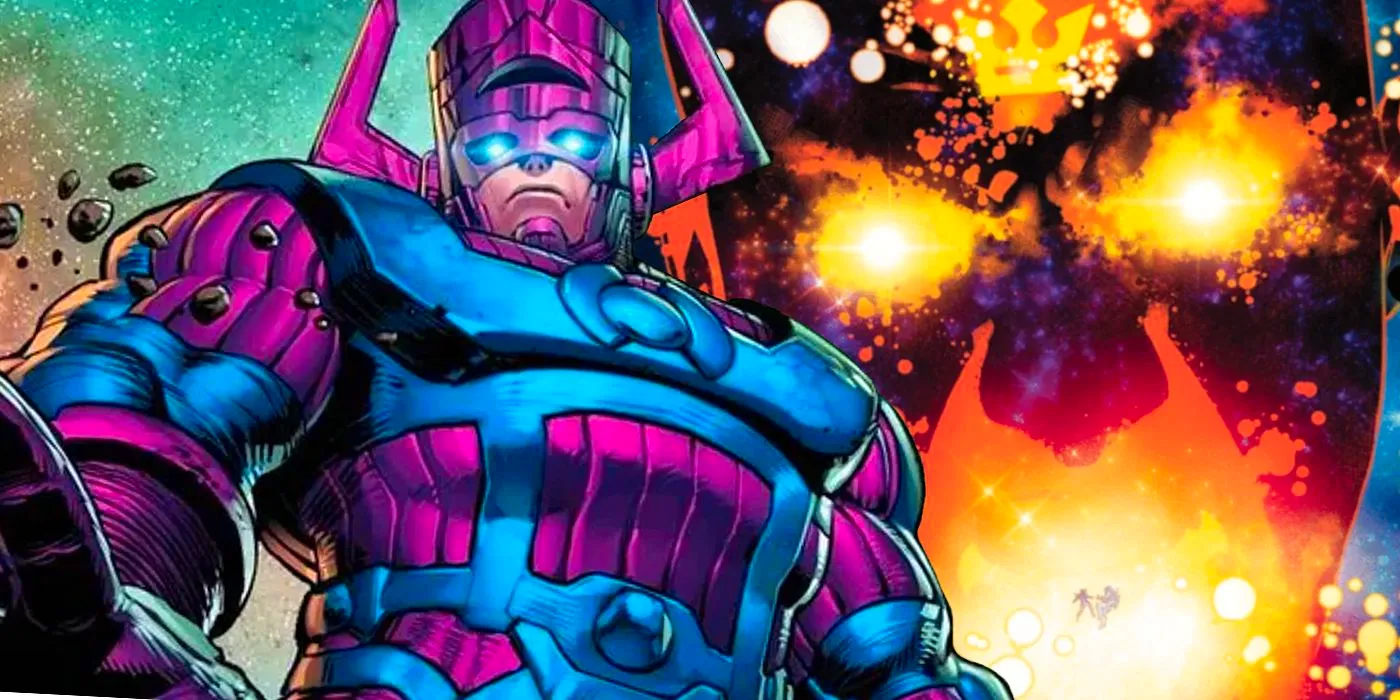Writer Al Ewing Explains the Ambition Behind Marvel's Greatest Stories.
Ewing claimed that the Superhero Genre has always had a deeply existential vein, with the genre providing a method for readers to address spiritual and philosophical difficulties that realism does not.
Marvel has given Al Ewing unprecedented access to its universe, particularly in recent years. From his work in Defenders to Immortal Hulk and its successor Immortal Thor, to his important part in X-Men's Krakoan Age and its epic ending, Ewing has not shied away from dealing with people and concepts that make even Earth's Mightiest Heroes appear restricted in scope and power. According to the author, this isn't about inventing anything new with established characters; rather, Ewing accepts that he is utilizing the Marvel Universe's huge potential exactly as intended by its original authors.
Marvel's cosmic characters attempt to uncover universal truths.
According to Ewing, the key to Marvel's most interesting stories is not obtaining great insight into the cosmos, but rather attempting to.
Al Ewing's particular approach to Marvel legend has contributed significantly to his status as one of the company's greatest writers. While he frequently recontextualizes and even retcons pieces from previous storylines, he remains steadfastly dedicated to the scale and grandeur of Marvel narrative at its peak. He put it this way: "When you look at the Starlin stuff, or Steve Englehart, or Steve Gerber — Marvel in the '70s — there's this tradition of trying to get to the bottom of something using the tool of superheroes." And I like it. I believe that is worthwhile. And if you achieve any level of insight, that's a bonus. But it makes for some really good comics.
Al Ewing's work on Thor and X-Men follows the tradition of classic Marvel.
Though [Al Ewing's] stories are unmistakably modern, they retain the best aspects of their classic predecessors.
Al Ewing's frequent encounters with the most powerful and primeval forces that might possible emerge in the Marvel Universe place him among the leading successors to the legacy of the 1960s and 1970s. During this very formative period, the real extent of Marvel's fictional world was tested for the first time, with its bounds stretched well beyond what the Superhero Genre and the comic book medium had done up to that moment. In recent Marvel storylines, Ewing has led the way in doing the same. From establishing the One-Above-All, which many fans see as the most powerful creature in the Marvel Universe, to recontextualizing Asgard's role in the cosmos by adding the Utgard-Gods, Al Ewing has left an indelible impact on the company's mythos. He has joined Marvel legends Jim Starlin and Steve Englehardt in the ranks of the publisher's most prolific creators of new, fascinating ideas.
Marvel stories are still at their best when wrestling with major themes.
Part of [Ewing's popularity] has been his daring additions to Marvel's cosmic history, but underpinning those advances has been the recognizable spirit of the company's most prominent twentieth-century artists.
Al Ewing's work, as well as those of other prime Marvel creative talents such as X-Men collaborators Jonathan Hickman and Kieron Gillen, demonstrates that there is an immense desire among Marvel fans for stories that aspire for something more. Ideas, characters, and narratives do not have to be novel, but if they can be treated from an unexpected or unprecedented perspective, readers are considerably more likely to engage. Engagement is crucial for any artist, but especially for comic book creators; every story beat in each issue must keep the audience interested.
THOR and X-MEN writer explains the transcendent tradition of Marvel's cosmic characters.
Throughout his career, Marvel writer Al Ewing has earned a reputation for his exhilarating work on a variety of series, including Thor and X-Men, and for his willingness to engage with metaphysical and metafictional issues in ways that only superhero writing can. For Ewing, this is about continuing a long-standing tradition at the "House of Ideas."
In a lengthy interview with ComicsXF, Ewing discussed his work with Marvel's cosmic heroes and his contribution to the company's extensive tradition of space-and-time-bending tales. He highlighted legendary cosmic stories from the 1960s and 1970s, as well as the names of comics' best writers, to demonstrate why Marvel's storytelling is truly transcendent. As an author, Ewing is part of a long history of grandiose cosmic narrative at the publisher; many of the concepts he presently explores were first sown decades ago by Marvel's most productive writers.
Marvel's cosmic characters: the legacy of the House of Ideas.
Marvel has been known as the "House of Ideas" for decades, but it wasn't until recently that Al Ewing inserted the word into the Marvel canon itself, as part of his metafictional reimagining of the publisher's universe in Defenders.
The heritage of Marvel Cosmic Characters is wide and intriguing. From the Silver Age of Comics, with the introduction of characters like Galactus and the Silver Surfer, to the modern era, with the exploration of the multiverse and the emergence of powerful cosmic entities like the Beyonder and the Living Tribunal, Marvel Cosmic Characters have captivated audiences with their power, complexity, and potential to reshape the Marvel Universe. Al Ewing's unique technique and commitment to the Cosmic Storytelling heritage continue to deepen this legacy, offering a new layer to our comprehension of the Marvel Universe and its limitless possibilities.



